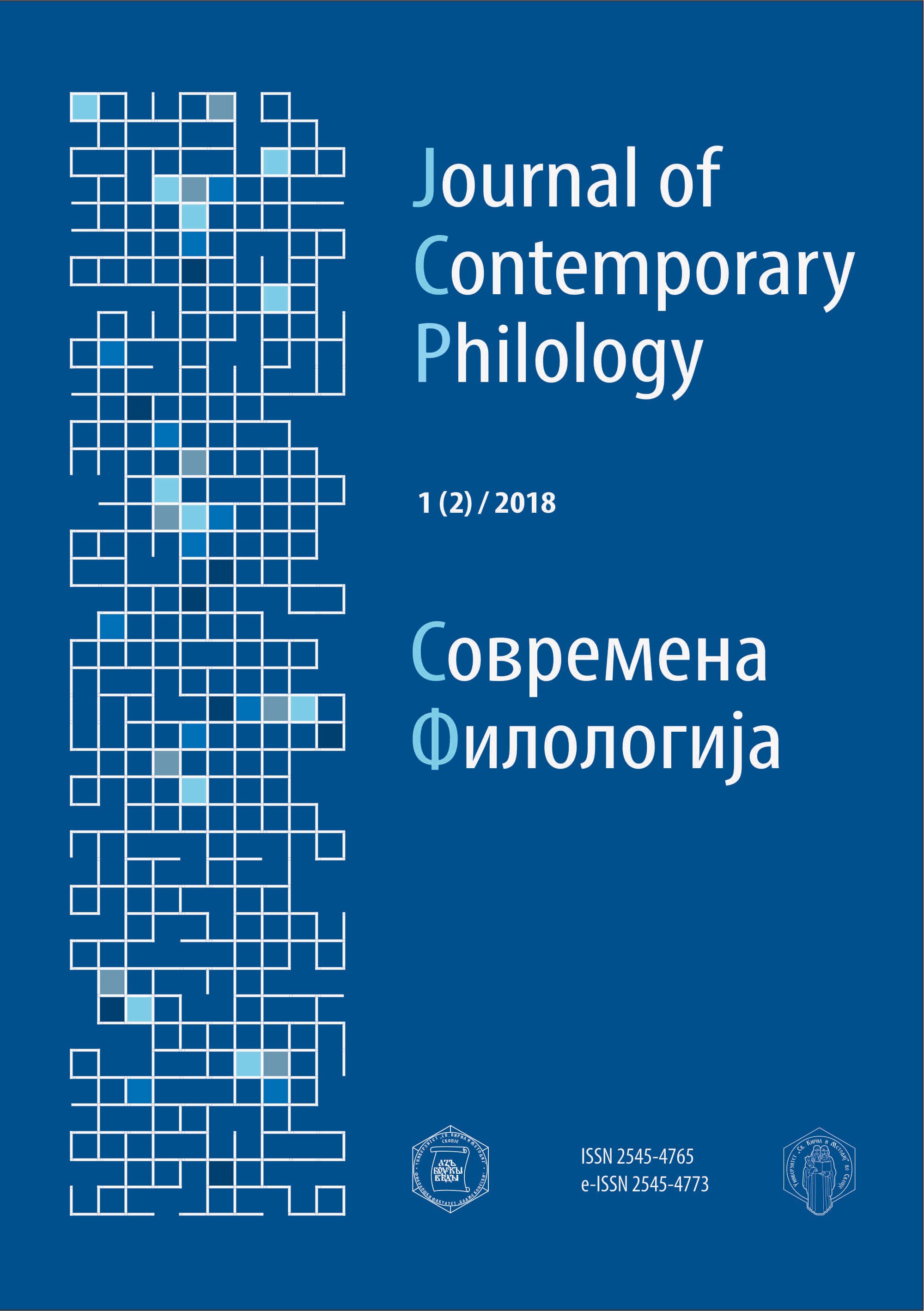ENGLISH LIGHT VERB CONSTRUCTIONS WITH THE VERB TAKE
DOI:
https://doi.org/10.37834/JCP1820051siKeywords:
light-verb constructions, light verbs, deverbal nouns, metaphorical extensionsAbstract
This paper focuses on the English light verb constructions (LVC) with the light verb take. Theseare classified into four groups based on semantic criteria. In addition, the metaphorical extensions of the light verb take are discussed in detail for each group. Examples sentences with LVCs with take are extracted from the British National Corpus (BNC) and are thenanalyzed. Theexpressive possibilities of the LVCs are explored in comparison to the corresponding lexical verbs. This paper particularly aims to discover whether a relation of synonymy can always be established between a LVC and its corresponding lexical verb, whether LVCs with take and their corresponding lexical verbs can encode an aspectual opposition, and whether LVCs with take allow for a more precise expression compared to the corresponding lexical verbs. The qualitative analysis of the collected data is accompanied by a quantitative analysis.
Downloads
Published
Issue
Section
License
Copyright © 2014 Blaže Koneski Faculty of Philology, Skopje
Journal of Contemporary Philology (JCP)
Современа филологија



